Bycatching: The Destruction of Marine Biodiversity

In a world where climate change and the depletion of natural resources is sparking worldwide concern and uncertainty, it is important to be well-acquainted with the environmental issues that are plaguing our planet today. Big or small, far or near, being well-versed within various environmental topics can allow for constructive and productive conversations, strives to take action and widespread awareness of the effect that human activity has on our precious ecosystems.
The first topic I will be discussing is bycatching, a major flaw within modern-day fishing techniques and something that could and should be avoided.
What is Bycatching?
Bycatch refers to the incidental capture of non-target species, including dolphins, marine turtles and even sea birds. The modern fishing gear we are equipped with today span thousands of miles of nets, are practically undetectable by aquatic animals under water and are extremely strong. These attributes are what make them very efficient at capturing the desired fish species along with, well, everything else that manages to get ensnared by the nets.
It happens more often than one might think. According to The What's in the Net study, at least 720,000 seabirds, 300,000 cetaceans, 345,000 seals and sealions, and over 250,000 turtles die annually as a result of being accidentally caught in finishing nets - alongside tens of millions of sharks. Many of these species are endangered or on the brink of extinction, a finding supported by WWF's recent Living Planet Report 2020 which showed that our ecosystems have experienced a 68% decline in species population sizes since 1970, with one of the leading causes (regarding marine biodiversity) being unsustainable fishing.
Why is This Happening in The First Place?
To understand why the incidental capture of non-target species is happening in the first place, we must examine the mechanisms and drawbacks of modern-day fishing methods including longlines, trawling and gillnets; These fishing gears are largely non-selective, meaning that any species can be caught.
Longlining is a fishing method commonly used to capture swordfish, tuna and halibut, employing a single fishing line with hundred or thousands of baited hooks hanging at intervals (hence the name longline). The main culprits are the hooks, which usually result in death when swallowed by, for example, marine turtles; There is also the fact that sharks, non-target billfishes and juvenile tunas often get hooked as well.
Trawling is another common method of fishing and comprised of trawl nets designed to be towed by a boat through the water column (midwater trawl) or along the sea floor (bottom trawl). The nets are usually shaped like a funnel with a wide opening to catch fish and a long enough closed off tail (called a cod-end) where the fish are collected, ensuring that they do not escape. Trawling poses a risk to marine biodiversity as it can damage coral reefs and at shallow depths, catch marine turtles.
Gillnets, on the other hand, are mesh nets that can be several miles long and up to 100 feet deep. They are constructed in such a way that allow fish to pass their heads and gill coverings through a hole in the mesh and then get stuck when trying to back out. This is especially harmful given that the net also traps anything larger then the mesh, including juvenile fish, sharks, seabirds, marine turtles and cetaceans. And we cannot blame the animals for getting trapped, the nets are designed to blend in perfectly with the water and are even difficult for cetaceans to detect by echolocation. To add on, gillnets that are lost at sea are rarely recovered and continue to capture marine animals for many years to come.
Solutions and Alternatives
An example of an ongoing solution to this problem is designing alternative gear. WWF, for instance, is working with partners to introduce so-called "circle" hooks, which are far less likely to be swallowed by turtles than J-shaped hooks. With the help of the Inter-American Tropical Tuna Commission (IATTC) among others, the hook was introduced in eastern Pacific longline fisheries. Since then, marine turtle deaths have reduced by approximately 90 percent without adversely affecting catches of swordfish and tuna (the target-species). WWF is hoping to expand the program t areas such as Papua New Guinea and Solomon Islands in hopes of protecting endangered populations of marine turtles and sharks.
To add on, WWF has also partnered with CMS (Convention for Migratory Species) and IWC (International Whaling Commission) to develop Guidelines for the Safe and Humane Handling and Release of Bycaught Small Cetaceans from Fishing Gear. These guidelines provide the necessary information to those who work in/with fisheries to encourage sustainable practice methodology on safely releasing cetacean accidentally caught in fishing gear.
Moreover, LED lights attached to fishing gear have been found to reduce the number of bycatch. This idea was pioneered by Scientists from the University of Exeter and Peruvian NGO ProDelphinus, who attached LED lights at intervals along gill nets meant to act as a visual warning to would-be bycatch.
Additionally, the US National Oceanic and Atmospheric Administration (NOAA) is working with the shrimp industry to provide an escape route for trapped marine animals. Seat turtles in particular, as many are accidentally caught in shrimp fishing nets and dragged through the water, causing them to drown as a result of being unable to reach the surface for air. However, the implementation of a Turtle Excluder Device (TED) may be just the solution to this problem, essentially creating an escape hatch in shrimp nets. The TED is a simple grid comprising metal bars that is fit into the trawl nets. Small animals such as shrimp, pass through the grid into the mesh bag at the end of the trawl and are caught. However, larger animals like sea turtles that enter the trawl are redirected by the TED and can exit through an opening at the top or bottom of the net. The effect of this device is so positive, in fact, that many shrimp trawlers operating in the Gulf of Mexico and South Atlantic are required by federal law to equip their trawls with a TED.
These are just some examples of how organizations and companies are working together with fisheries to reduce the effect of bycatch as much as possible. Of course, there are many more strategies and inventions up and coming, and will hopefully be implemented in the fishery industry in the near future.
What Can You Do to Help?
It is best to not feel hopeless in situations like these. You might be thinking: I am one person against a multi-millionaire dollar fishery industry. What can I possibly do?
But fear not, there are many things you can do to help save marine biodiversity, all with the simple touch of a screen.
Adopt a Turtle
When you choose a symbolic animal adoption, you generously support WWF’s global conservation efforts. Every donation helps save endangered wildlife, protect fragile ecosystems, and build a future where people live in harmony with nature. - WWF
Sign Petitions
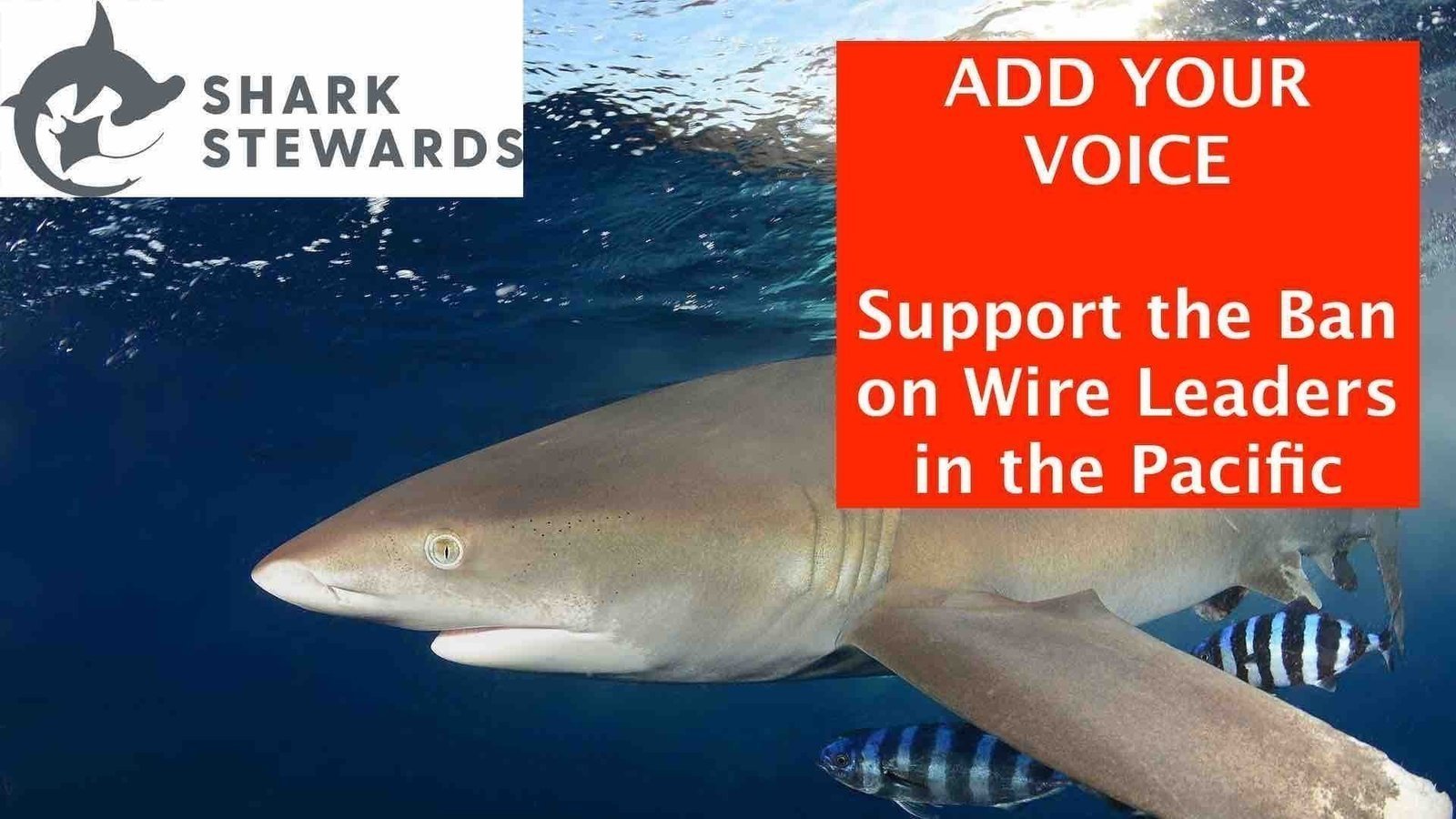
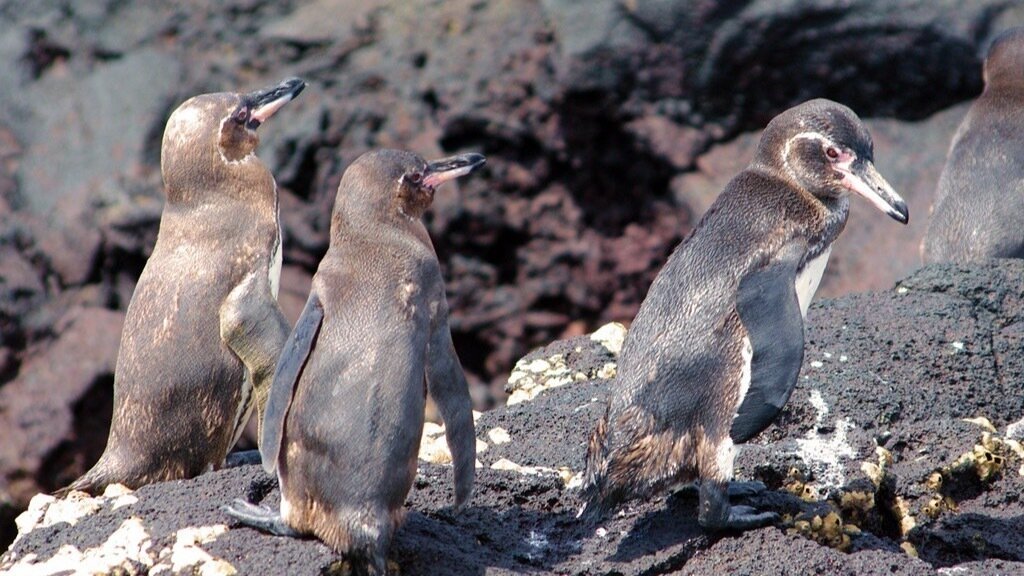
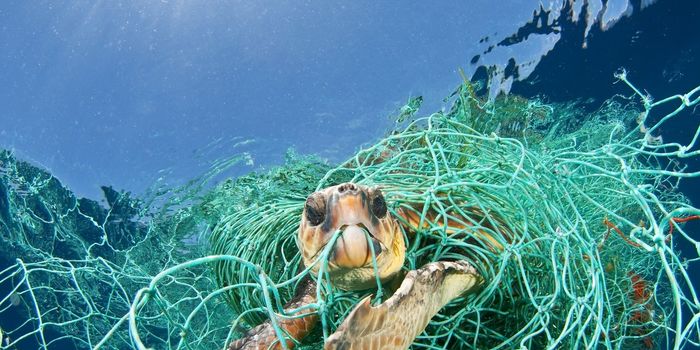
Donations
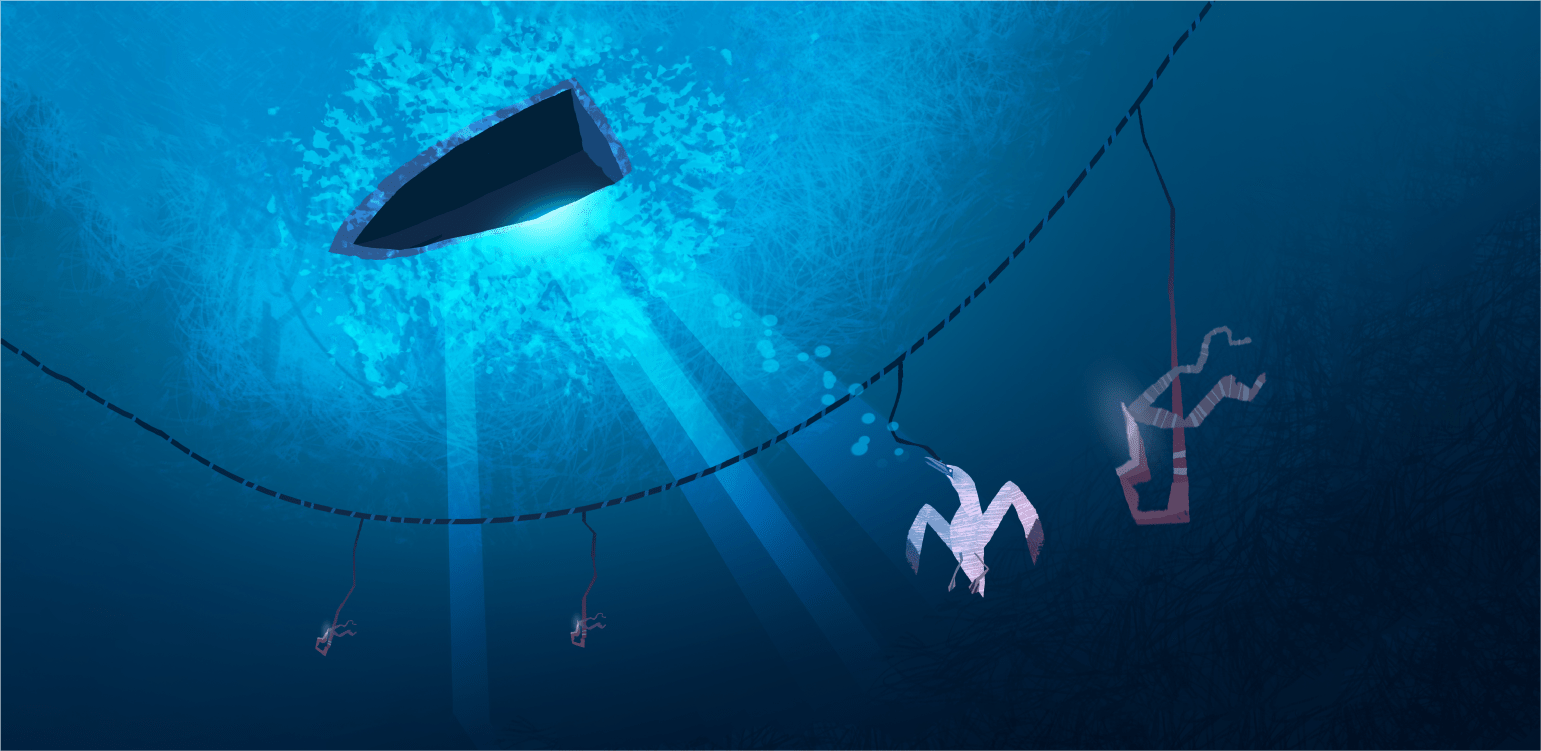
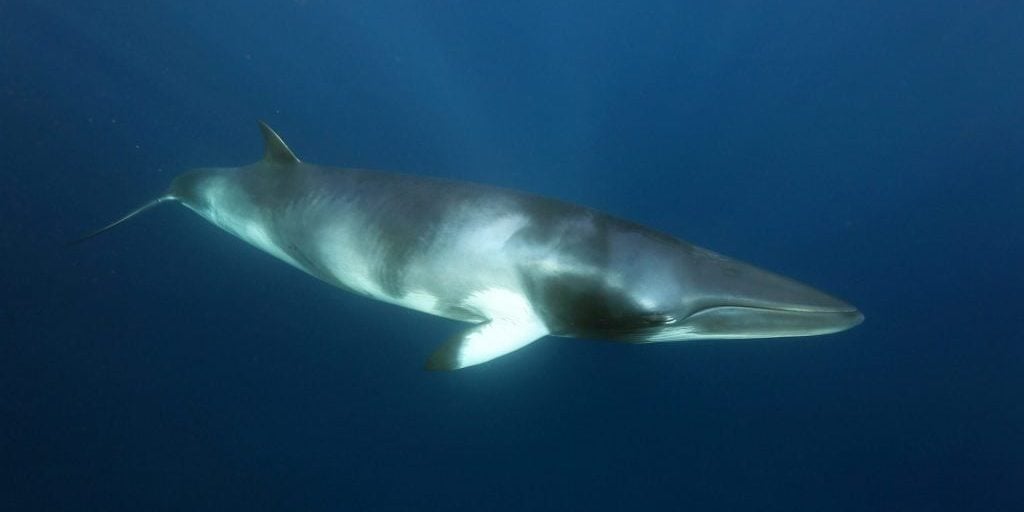
Lifestyle Changes
You can also help by simply making conscious choices about what you consume. If you eat tuna, pole and line caught tuna is a better choice. And if you are buying lobster, choose lobster caught in Massachusetts or other areas where regulatory measures and seasonal fishing closures protect marine animals.








